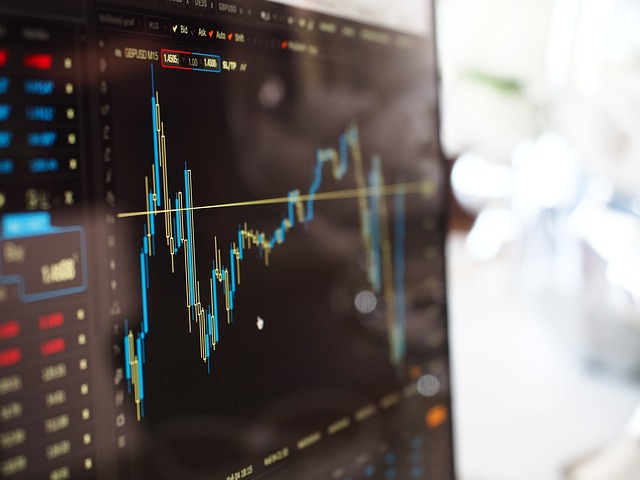In the vast sea of financial investment, market volatility can be a tempest that leaves even the most seasoned traders soaked in uncertainty. It can rip apart portfolios like fragile paper boats, or with the right navigational skills, propel investors to untouched territories of profit. This realm of unpredictability and rapid price shifts—more commonly known as volatility trading—is not for the faint-hearted, but the rewards it offers can be undeniably bountiful. Let’s sail through these unpredictable currents and discover how you can effectively navigate the choppy waters of volatility trading.
If investing was an ocean, then volatility would be its waves. Sometimes, the market offers a placid panorama where a price moves slowly and steadily, just like a calm sea on a still day. Other times, it is a turbulent tempest with the rapid price shifts likened to the high, crashing waves. But just as a seasoned captain knows how to steer their vessel during a storm, a skilled trader learns how to navigate market volatility.
Market volatility often strikes fear into the hearts of investors. It signifies uncertainty and risk, but where there’s risk, there’s also opportunity. Volatility trading is a discipline that not only anticipates these choppy waters but also embraces them. Instead of trying to avoid the storm, volatility traders adjust their sails and chart a course straight into it.
At the heart of volatility trading is the idea that market turbulence is not just a threat but also a potential treasure trove. By correctly predicting the degree of market fluctuations, traders can turn a market’s rapid ups and downs into a profitable venture. It’s not about whether the market will rise or fall, but how much it will swing either way.
So how does one navigate this volatile ocean? Firstly, understanding the concept of volatility is essential. It’s often measured by the standard deviation or variance between returns from the same security or market index. When the market is calm, volatility is low, but during tumultuous times, it is high. This understanding aids traders to forecast future price movements and strategize their trades accordingly.
One of the key navigational tools for volatility trading is the Volatility Index, or VIX, also known as the “fear gauge.” It measures the market’s expectation of future volatility, providing a map that can help traders predict when the next big wave will hit.
Strategies for volatility trading vary. Some traders choose options trading, where they can leverage their investment to control more significant amounts of shares or contracts, while others prefer volatility ETFs or futures. The approach chosen largely depends on the trader’s risk tolerance, market insight, and strategic objectives.
In these volatile markets, traders also need a reliable platform to anchor their strategies. An example of such a platform is RoboMarkets, an online stocks trading broker that offers a myriad of tools and resources to assist traders in their journey through the stormy seas of volatility trading.
Ultimately, mastering volatility trading is akin to learning the art of sailing in the turbulent seas. It requires understanding, preparation, patience, and most importantly, the courage to face the storm. Remember, in the choppy waters of market volatility, even the fiercest storms can lead to the most bountiful catches. So, set your sails and get ready to harness the powerful winds of market volatility, turning uncertainty into opportunity.

